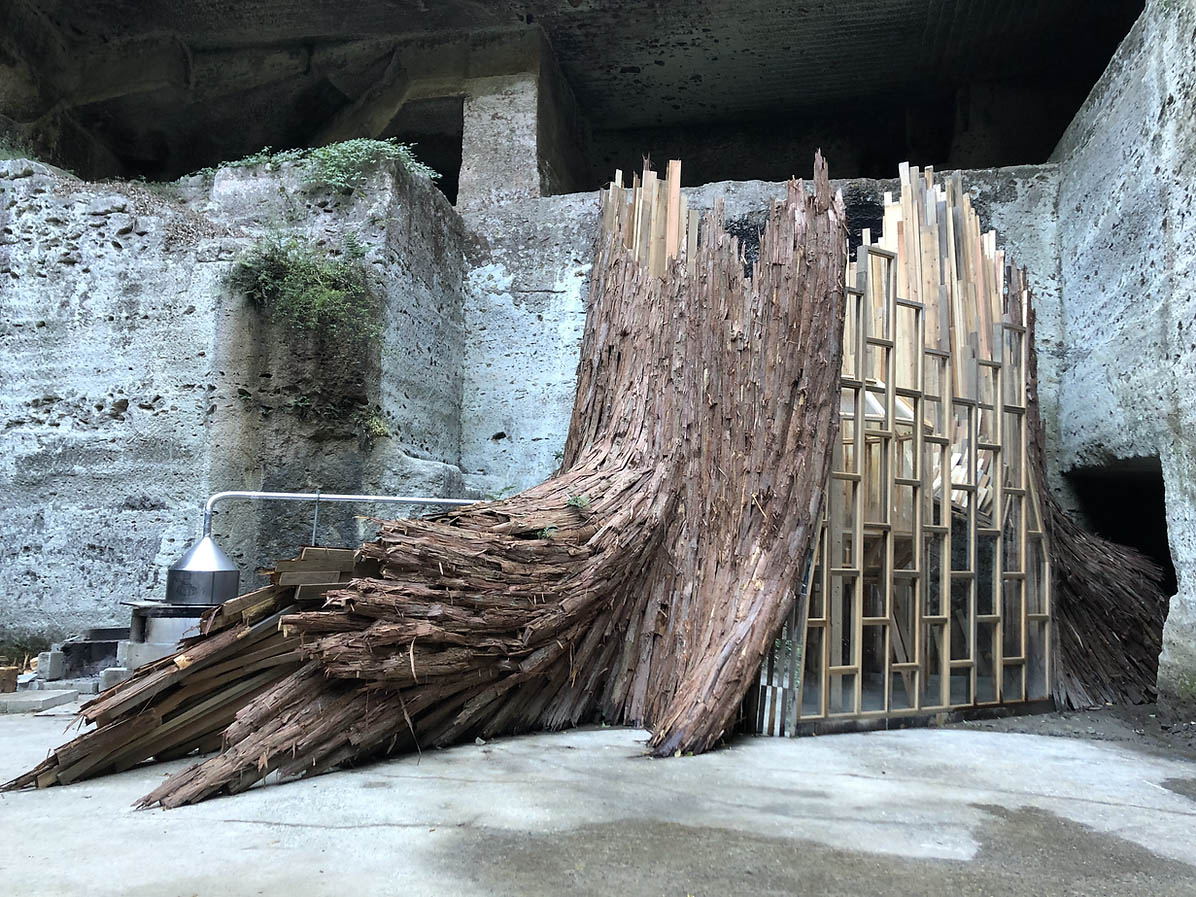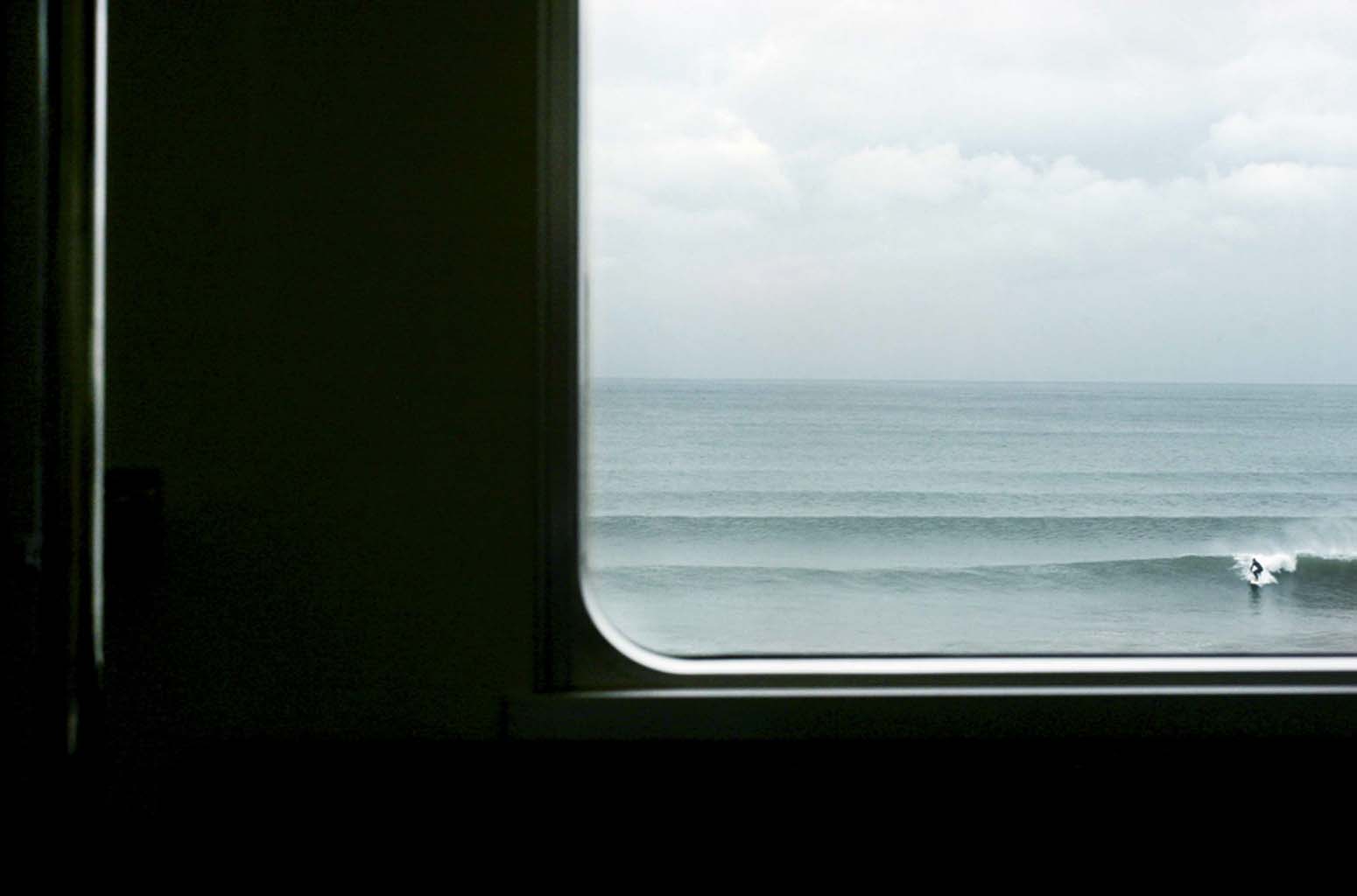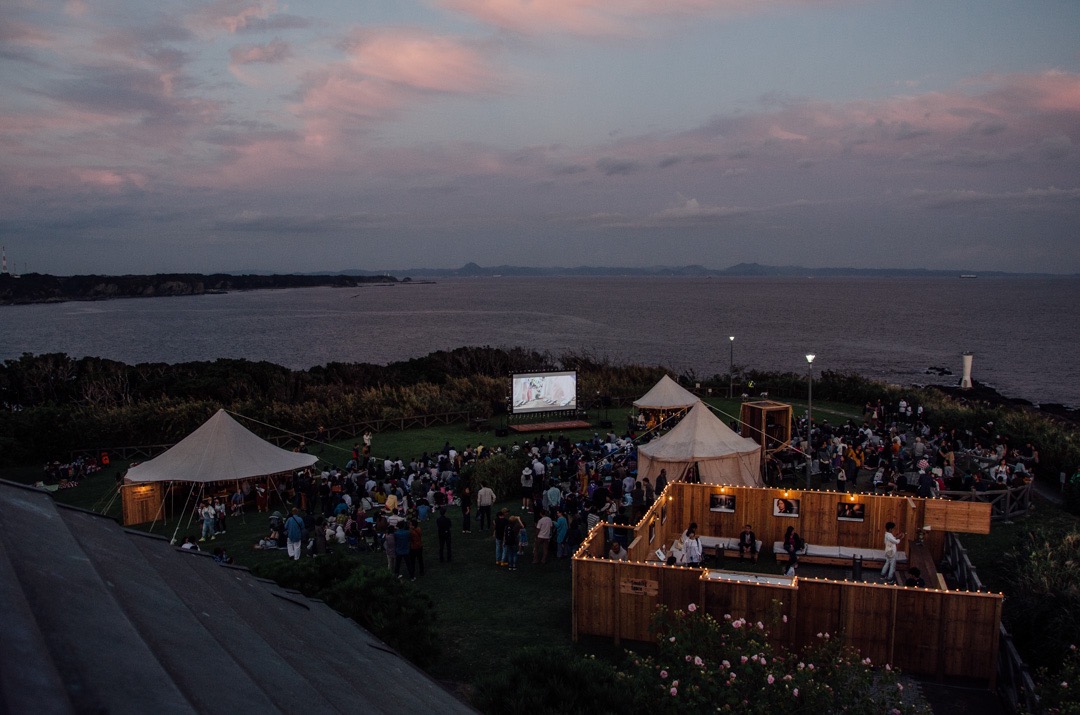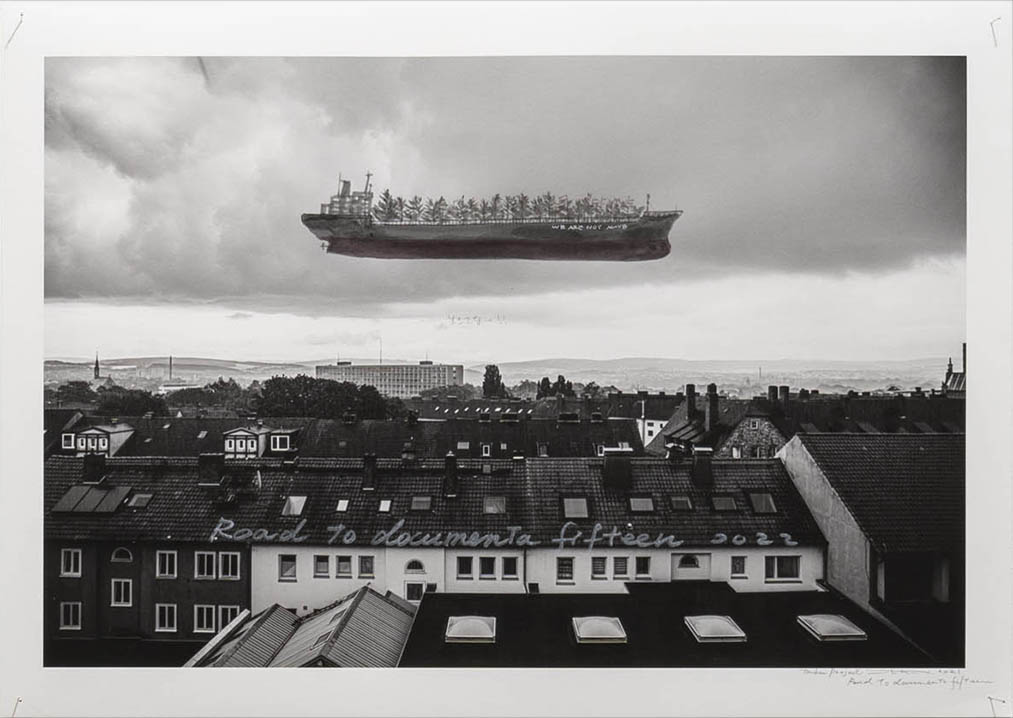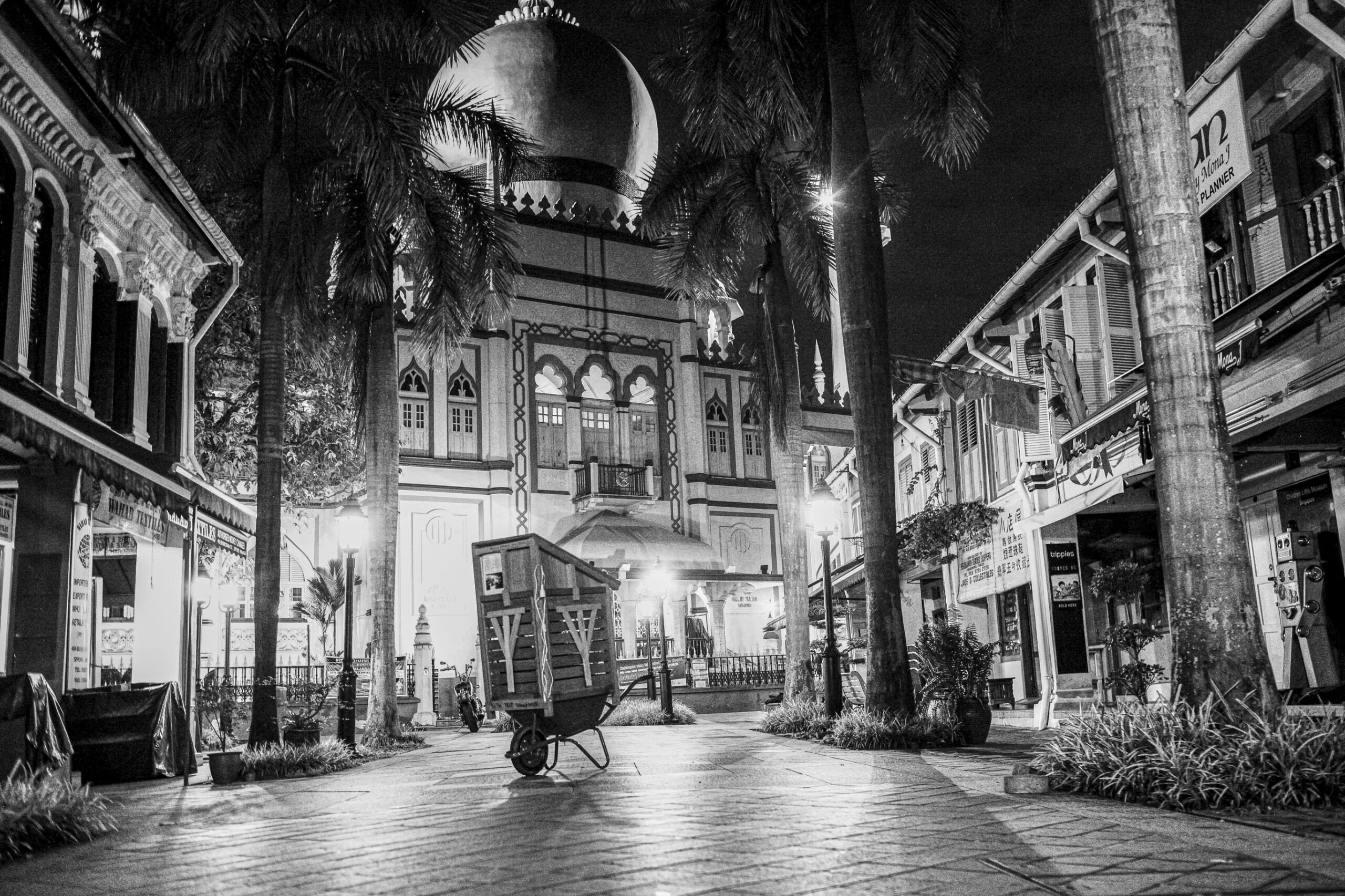As an artist, Takashi Kuribayashi exhibited his new work GENKI-RO (meaning Energy Plant in Japanese, rhyming with GENSHI-RO, meaning Nuclear Reactor) this year, in the 10th year since Fukushima nuclear disaster. As a photographer, Rai Shizuno is travelling all over the world working on Play with the Earth, a film weaving images of his experience and memory. The artist and the photographer also work together in their collaborative projects with their teammates. Takashi Kuribayashi will be participating an international art event in 2022 as an artist, but for this time, he will be also bringing Rai Shizuno’s Cinema Caravan as his collaborative work. What is underneath their activities and collaborations? The two, still traveling back and forth to visit the Fukushima have many thoughts influenced by their visits.
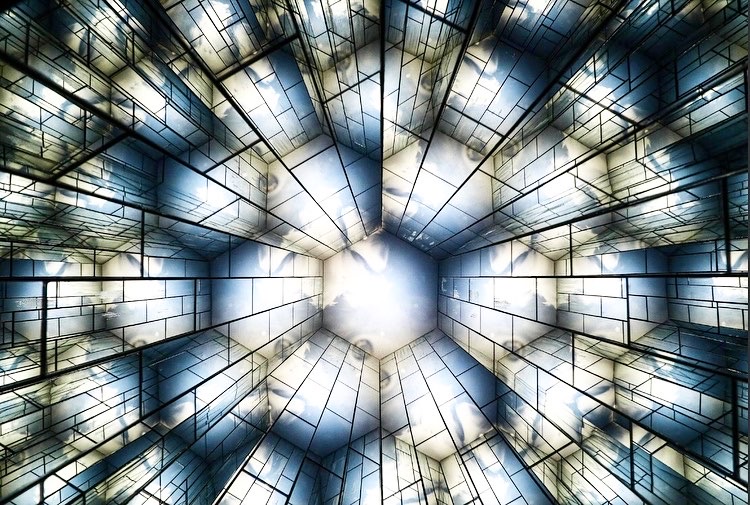
To Create Positive from Negative
■ Great East Japan Earthquake
What Shizuno and Kuribayashi saw in Fukushima was a landscape that they may need to doubt the activities of human beings. Every trace was like evidences of loss, which cannot be restored to their original state even after a long period of time. They saw around the nuclear power plant area piles of flexible intermediate bulk containers which would only last for 3 to 5 years fully packed with contaminated soil. But the contaminated soil would take 30 years for half-life of radiation. (Containers are now gradually being removed from the site since 2015, and 80% are now in interim storage facility in 2021). But still, with its complexity, human beings still cannot abolish nuclear power. The impact of what they saw and felt was so striking to appear as influence in their works.

■ Works without mere Criticism
Kuribayashi starts to take up black bulk containers or shape of reactors as motif of his coming works. The most notable work might be Vortex (2015). Bulk containers appear as a wall material to contain a gleaming glass chandelier suspended in the center of the space. Pieces of glass of the chandelier are letters, and the whole shape of the chandelier is in the shape of a reactor. The letters combine a text, a letter from Einstein to F.D. Roosevelt sent to advise US government to start developing their nuclear program.
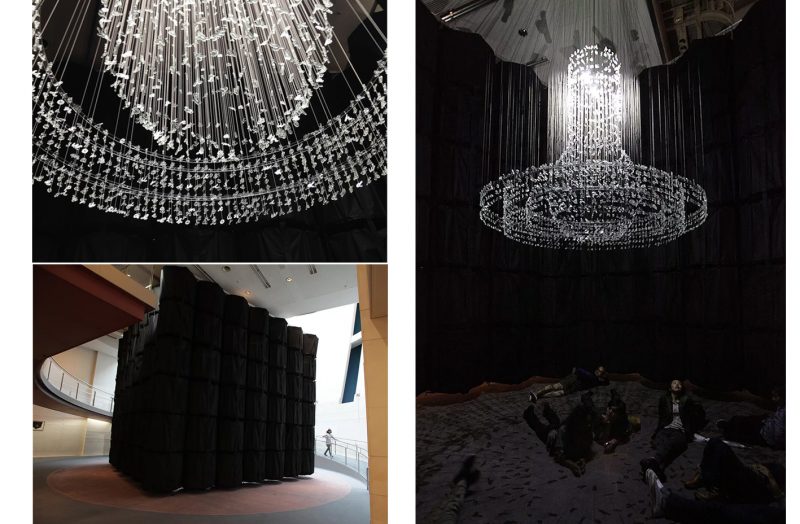
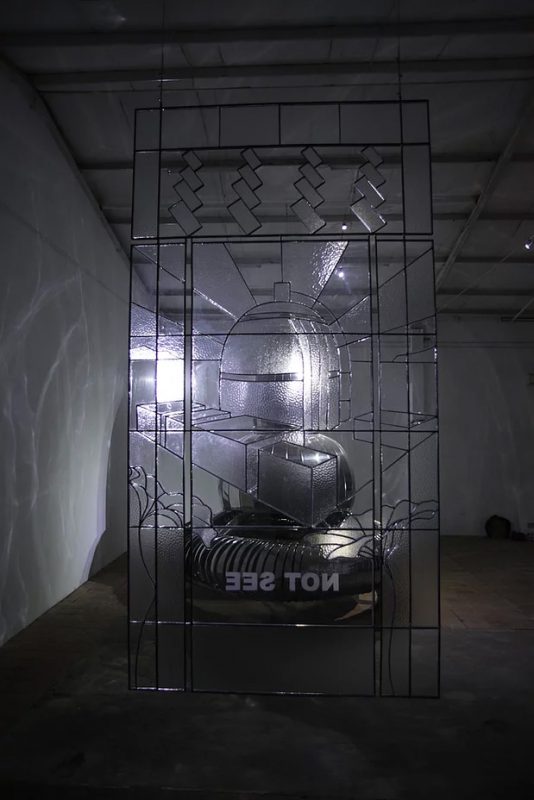
Then, in 2021 the 10th year since 3.11 disaster, Kuribayashi exhibited his GENKI-RO . The shape came from the reactor in Fukushima Daiichi Nuclear Power Plant. Audience fully receives the herbal steam filled inside the reactor shape, which is close to experiencing a herbal steam sauna. What can be the function of art in relation to the world? Kuribayashi writes; When I wondered what emits the largest energy, I came to the conclusion that it is a human being, the positive energy and vibration of human beings. Kuribayashi tries to deliver the most essential energy for human by his artworks, aiming to vitalize human.

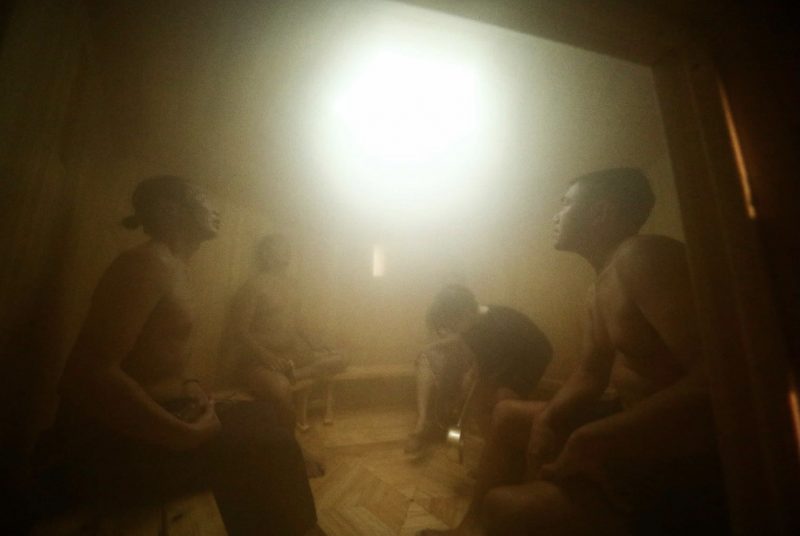
■ Knowing the Beauty, Then, You Never Want to Harm
In 2016, Shizuno published his book of photos ON THE WATER. The main component of the Earth, as well as human beings, is water. Instead of confronting the big topics such as global warming, environment, or nuclear issues, Shizuno here focused on water. “On” in the title of the book means “about”, intending to make people be conscious on its importance.
He also started to edit his photos and videos he took all over the world while working as a photographer. The edited work became an endless road movie entitled Play with the Earth. As nuclear power does, every being may have a negative dark side behind their appearance. But in the film, he intended to focus on the beauty which we never would like to harm.
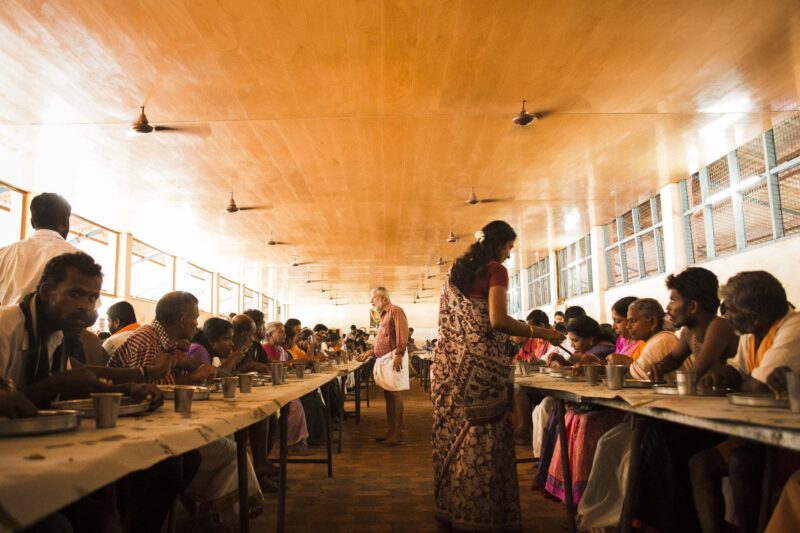
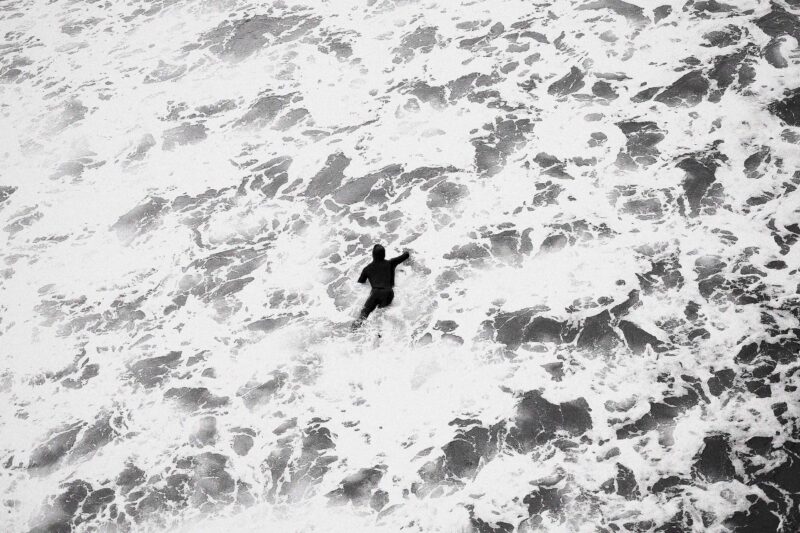
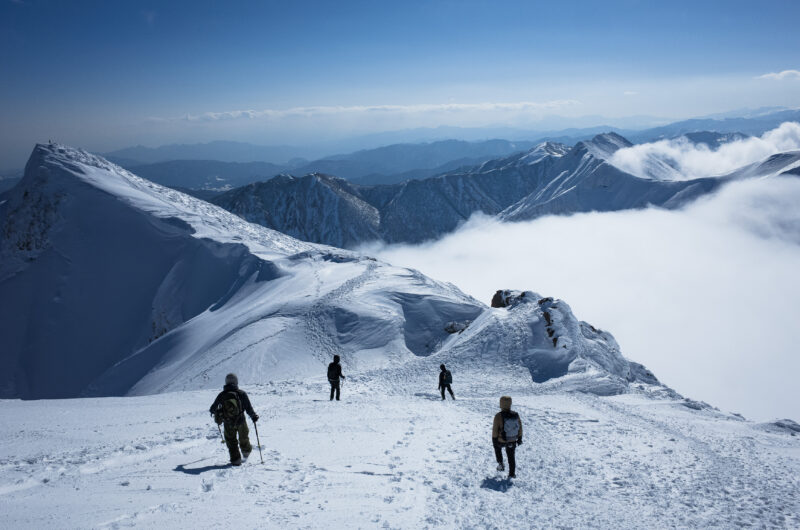
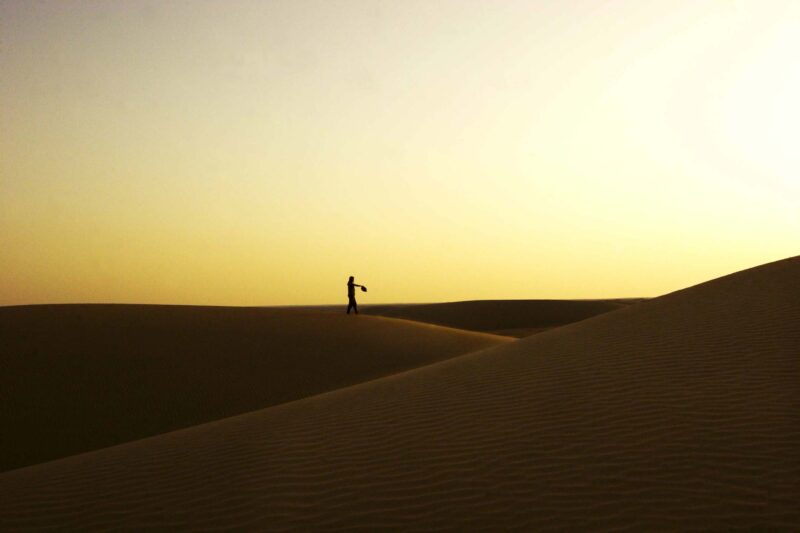
He also started to edit his photos and videos he took all over the world while working as a photographer. The edited work became an endless road movie entitled Play with the Earth. As nuclear power does, every being may have a negative dark side behind their appearance. But in the film, he intended to focus on the beauty which we never would like to harm.
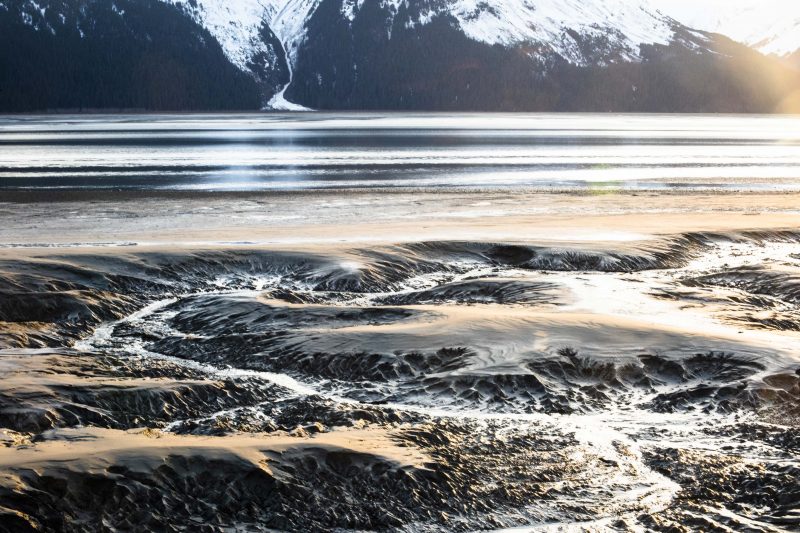
Their travel to Fukushima in these 10 years changed their way of approach to the issue: from opposition movement to a warning, and now positive action to invite people. Therefore, they now have more people around them to work with them as a team.
■ Going Everywhere like a Ship: CINEMA CARAVAN
CINEMA CARAVAN is a movable cinema theater. Like the MOVEMENT TOUR, Zushi Beach Film Festival, and YATAI TRIP, it shares time and space with the local through the traveling process. In other words, it may be a large scale YATAI food stalls. At the beachside, mountainside, in the city, or in any foreign country, they set up a screen, play music, and offer local dishes.
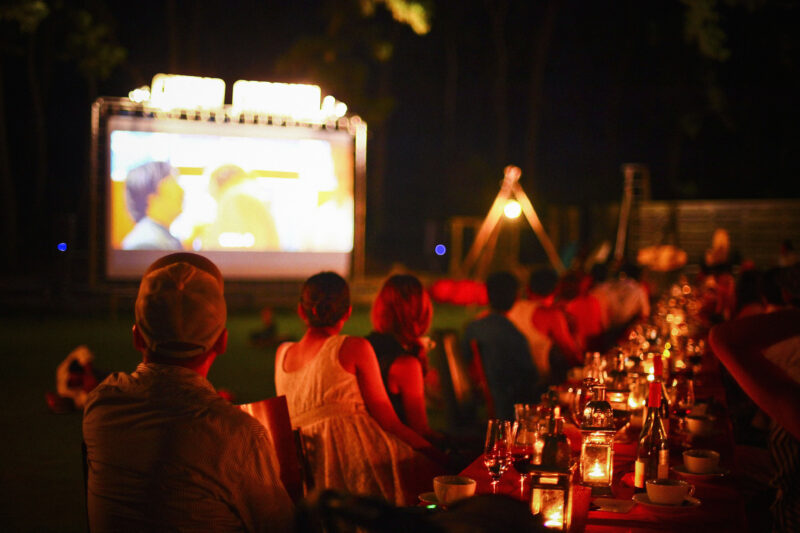

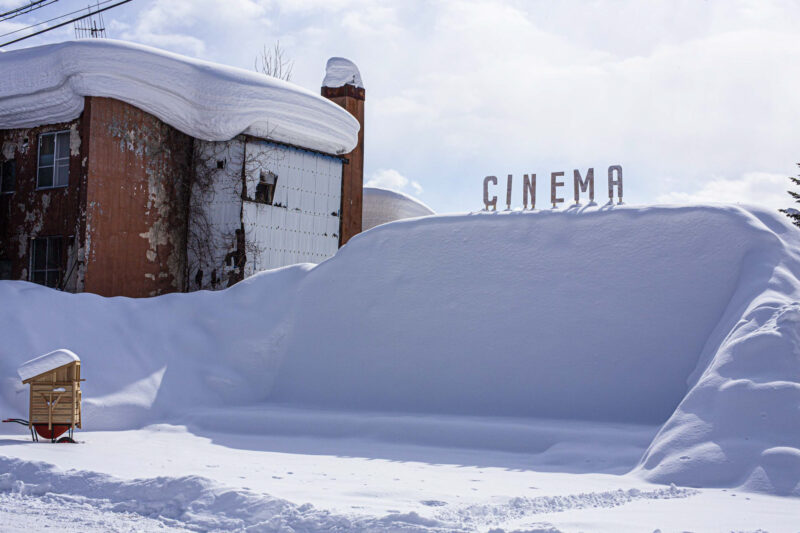
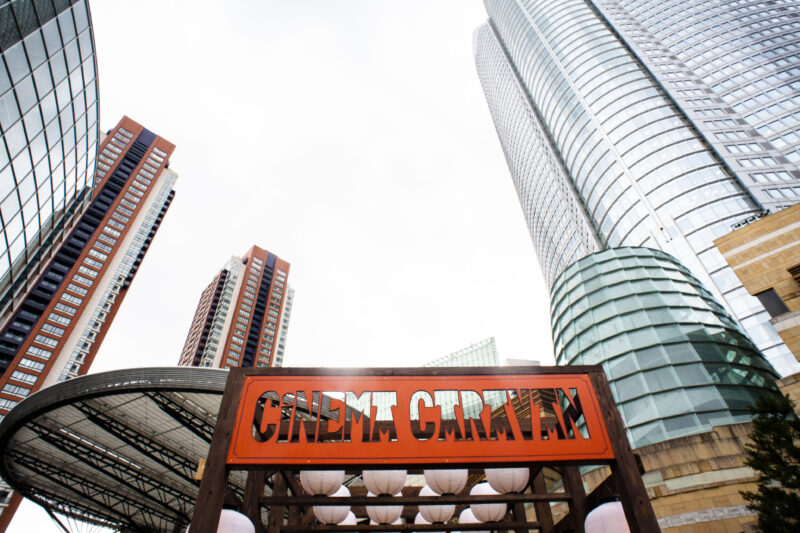
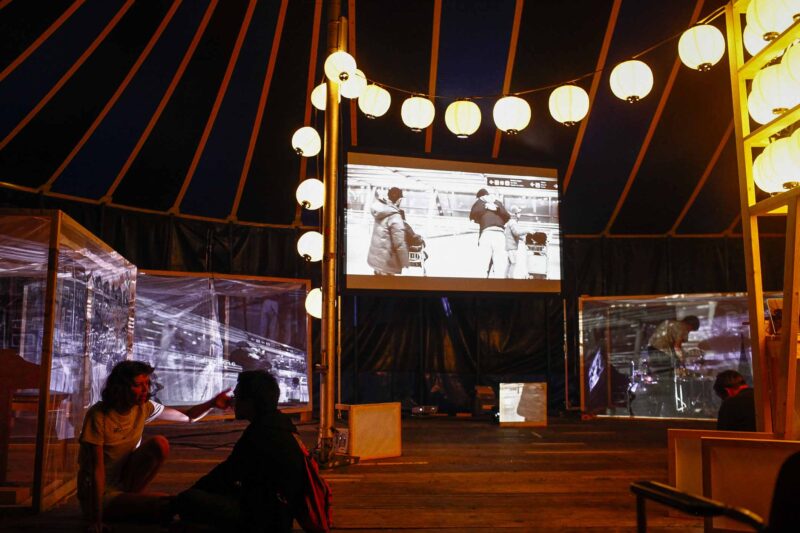
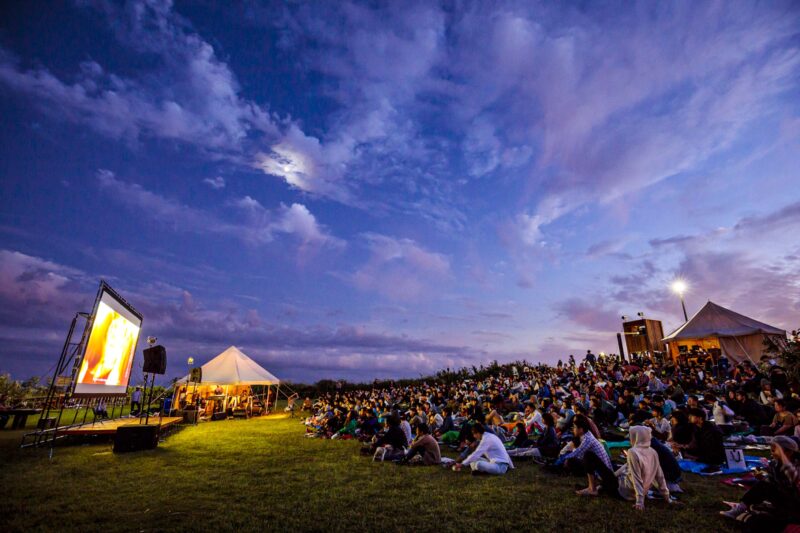
Everything is handmade. Shizuno says that the film can actually be any kind. What is important is that it shall be based on each of their locality, carpenters, cooks, musicians, artists gather around to make a festival with the locals. The process is to share the knowledge, and learn how to live happily.
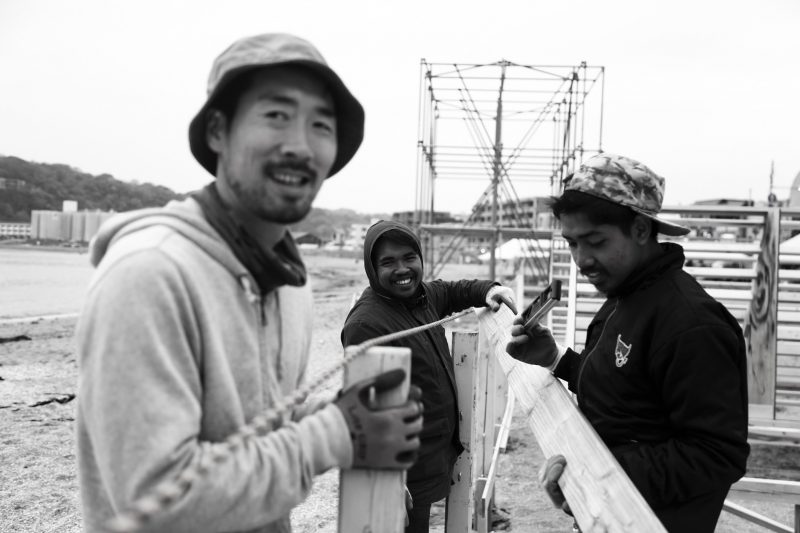
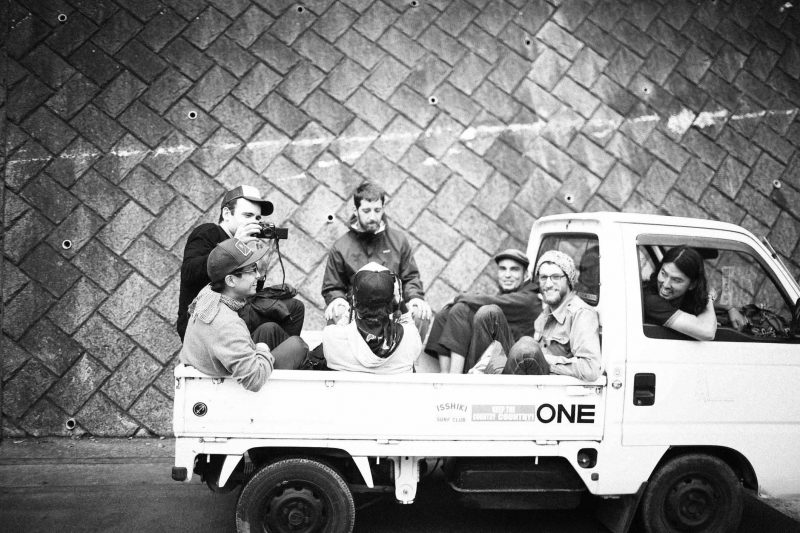
Underneath Kuribayashi and Shizuno’s activities, there is a doubt toward the information and common understanding in general. Their travel came out from the extension line to find what is real. Meeting the locals, seeing and feeling the landscape and atmosphere by self, they examine what they already know about, and modulate their understanding of the world. These travels sometimes will be called art projects.
According to Yuval Noah Harari, one of the attributions only human has is cognition. (※1) Human beings have formed a society that overwhelms other species by the power to believe (recognize) the information and fiction even they have not truly experienced. The power to recognize the fiction (concept) of God, company, and country as truly existing beings makes what human beings are, and at the same time, all the problems we face in modern society, destruction, not found in any natural life except for human, is caused by this power of recognition.
Kuribayashi and Shizuno’s voyages are based on the essence of human beings who are to recognize. They seek for the real by doubting the shared information, trying to modulate their understandings. They share the process with the others, and by their self experience, they try to share the new recognition with the others through their activities and works. And the way to share the new cognition is also a part of their long "journey."
(text by Etsuko Kodaira)
(※1) Sapiens: A Brief History of Humankind, 2016

